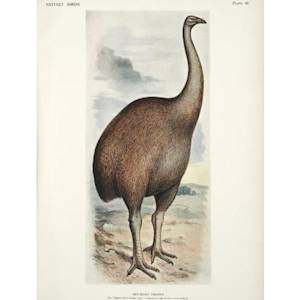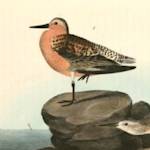Carolina Parakeet
Extinct circa 1918 CE • Eastern United States, from the Ohio Valley to the Gulf of Mexico
"The United States was a more colorful place when flocks of Carolina parakeets flew across the sky like daytime fireworks, flashing pops of orange, yellow, and green. The country’s only native parrot species ranged from southern New England down to Florida and as far west as Colorado, but the last one died in captivity at the Cincinnati Zoo in 1918. Since then, the Carolina parakeet has symbolized the perils of extinction in the United States, much like the dodo has on the global stage . . . Farmers, who saw them as crop pests, easily eliminated whole flocks, since the animals had the unfortunate habit of gathering around their fallen comrades. Hunters killed the parakeets for their plumage, which was a popular hat accessory in the 20th century. And habitat loss—particularly land-clearing for agriculture—also removed trees the birds used or nesting . . . Even so, other experts have speculated other causes were at play: Natural disasters, such as fires and floods, could have fragmented the birds' habitat, and they may have been exposed to harmful diseases spread by poultry."
Liz Langley, "How humans killed off the only parrot native to the continental U.S.," National Geographic, December 12, 2019.
Image: Carolina Parakeets, John James Audubon, 1833.


Learn about Maya Lin’s fifth and final memorial: a multi-platform science based artwork that presents an ecological history of our world - past, present, and future.

Discover ecological histories and stories of former abundance, loss, and recovery on the map of memory.

Learn how we can reduce our emissions and protect and restore species and habitats – around the world.

See how art can help us rethink the problems we face, and give us hope that each one of us can make a difference.

Help make a global memorial something personal and close to home. Share your stories of the natural world.


